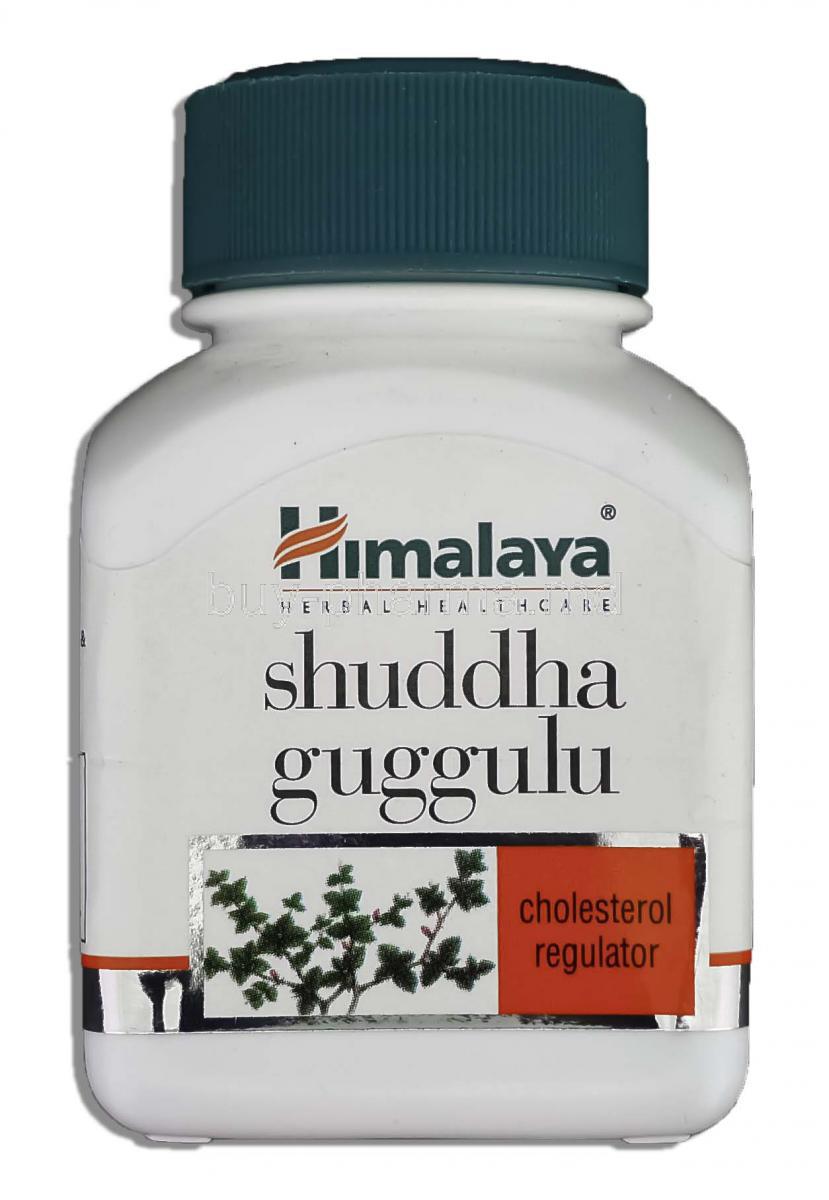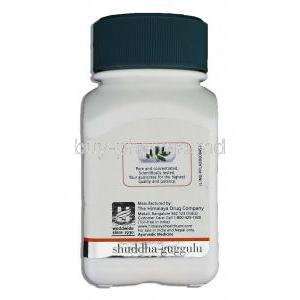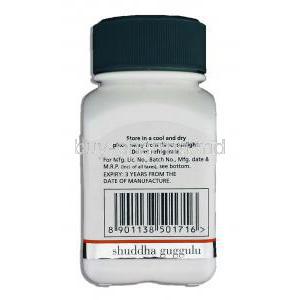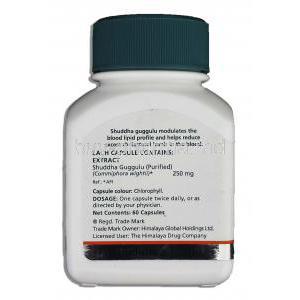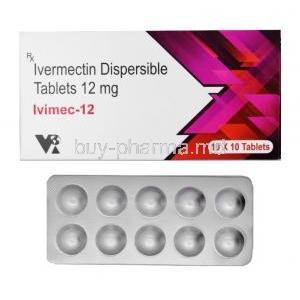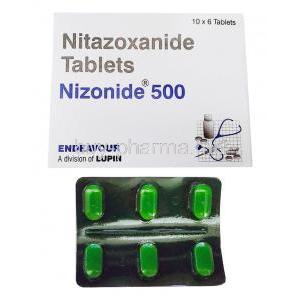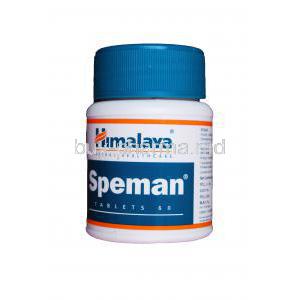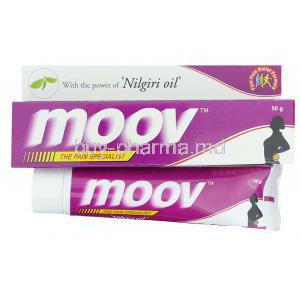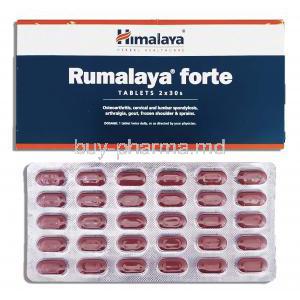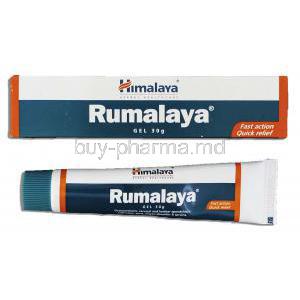Himalaya Shuddha Guggulu
- Introduction to Himalaya Shuddha Guggulu
- Therapeutic Uses of Himalaya Shuddha Guggulu
- How Himalaya Shuddha Guggulu Works: Mechanism of Action
- Active Composition and Standardization
- Dosage and Administration Guidelines
- Common and Serious Side Effects
- Drug and Supplement Interactions
- Contraindications for Use
- Warnings and Important Precautions
- Special Considerations for Careful Administration
- Use in Special Populations
- Storage and Handling Recommendations
- Overdose Symptoms and Emergency Response
- Handling Precautions and Packaging Information
Introduction to Himalaya Shuddha Guggulu
Shuddha Guggulu, a time-honored resin extract derived from the Commiphora mukul tree, has been a cornerstone of Ayurvedic medicine for centuries. Traditionally utilized to balance the body's lipid profile and detoxify tissues, this botanical preparation has found renewed interest in modern health practices. In response to evolving safety and efficacy standards, formulations like Himalaya Shuddha Guggulu are developed with standardized extraction techniques to ensure consistency, purity, and bioactive potency. The Himalaya brand enhances this heritage by combining Ayurvedic wisdom with contemporary pharmaceutical technology, offering a reliable herbal supplement tailored for metabolic health.
Therapeutic Uses of Himalaya Shuddha Guggulu
Guggulu Benefits
- Cholesterol and lipid management: Widely recommended for individuals with elevated LDL or triglycerides, Shuddha Guggulu supports normalization of lipid metabolism.
- Weight regulation: Its thermogenic and metabolism-boosting effects assist in reducing body fat and managing obesity.
- Joint and musculoskeletal health: With its anti-inflammatory action, it provides symptomatic relief from conditions like osteoarthritis and rheumatoid arthritis.

Off-Label and Emerging Applications
- Cardiovascular support: Used adjunctively to reduce cardiovascular risk factors such as atherosclerosis due to its lipid-modulating and antioxidant capabilities.
- Hypothyroidism aid: In Ayurvedic practice, it's employed to stimulate sluggish thyroid activity and support hormonal balance.
- Dermatological applications: Employed in skin detox protocols for acne and inflammatory skin conditions associated with internal imbalances.
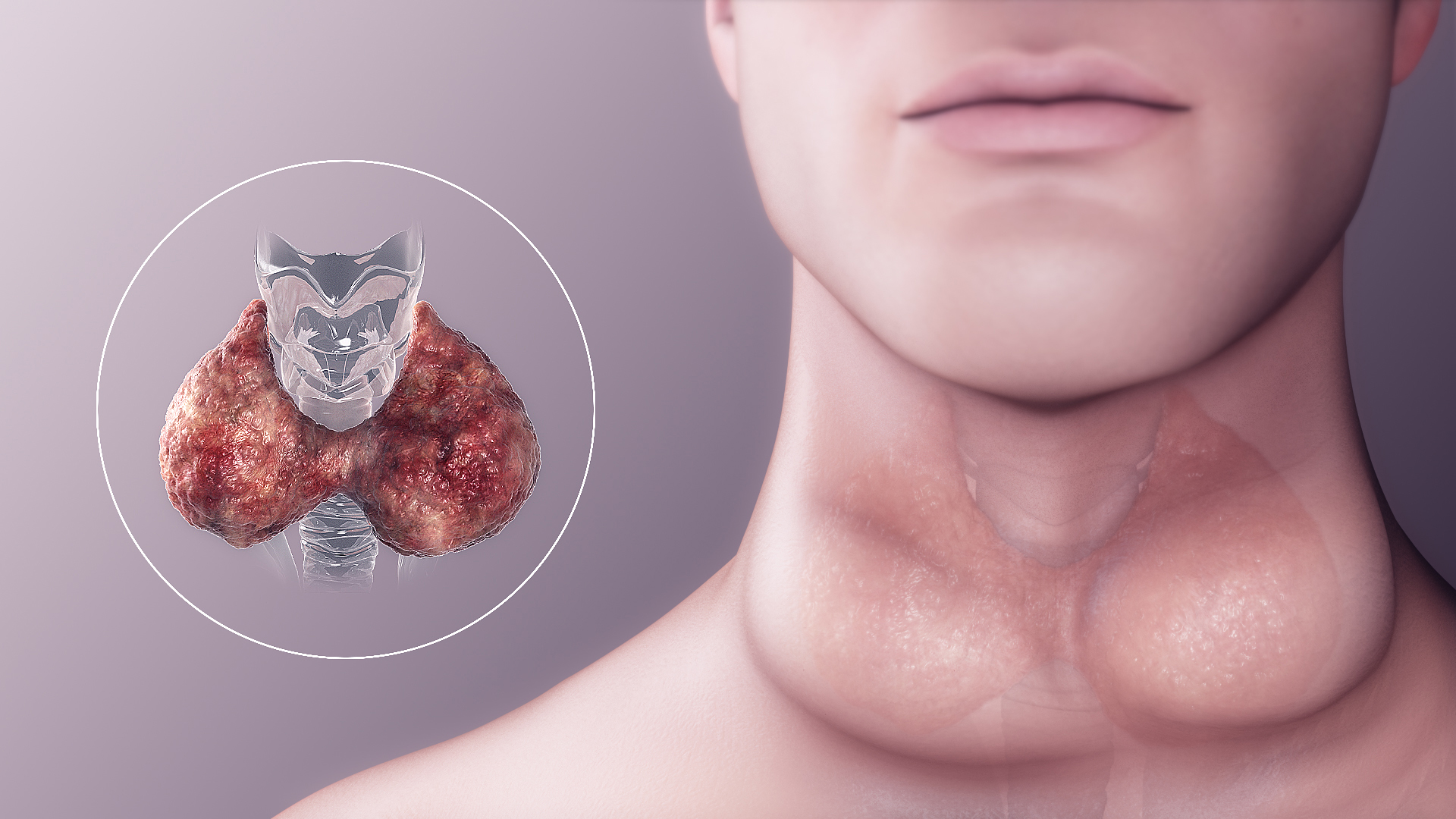
How Himalaya Shuddha Guggulu Works: Mechanism of Action
Himalaya Shuddha Guggulu exerts multifaceted effects at the biochemical level. Its guggulsterones modulate hepatic enzymes involved in cholesterol biosynthesis, resulting in reduced serum LDL and triglyceride levels. Inflammatory markers are attenuated through inhibition of prostaglandin synthesis, granting it arthritic and cardiovascular benefits. Additionally, its impact on thyroid activity helps enhance basal metabolic rate, which contributes to weight control. Through its lymphatic-stimulating and antioxidant properties, it aids in systemic detoxification and cellular renewal.
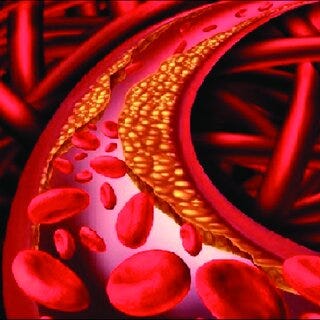
Active Composition and Standardization
- Primary component: Each tablet contains purified resin of Commiphora mukul, known as Shuddha Guggulu.
- Bioactive agents: Guggulsterones E and Z, which are responsible for the productâ's hypolipidemic and anti-inflammatory properties.
- Supportive herbs: Supplementary ingredients may be included to stabilize and potentiate the resin's bioactivity and improve gastrointestinal tolerability.

Dosage and Administration Guidelines
Standard Adult Dosing
- For cholesterol control: 1-2 tablets twice daily after meals, or as directed by a healthcare provider.
- For weight management: Often paired with diet and exercise, taken twice daily for a sustained period of 8-12 weeks.

Dosage Adjustments Based on Condition
- Inflammatory or metabolic syndromes: Dosing may be adjusted based on symptom severity and therapeutic goals.
- Chronic conditions: Long-term use may require cyclical administration with periodic breaks to evaluate efficacy and minimize risk of side effects.
Common and Serious Side Effects
Frequently Reported Side Effects
- Gastrointestinal issues including bloating, gas, or mild indigestion
- Occasional headache or transient rash in sensitive individuals

Rare but Serious Adverse Reactions
- Elevation of liver enzymes in cases of prolonged or high-dose use
- Endocrine effects such as menstrual irregularities or hormonal fluctuations
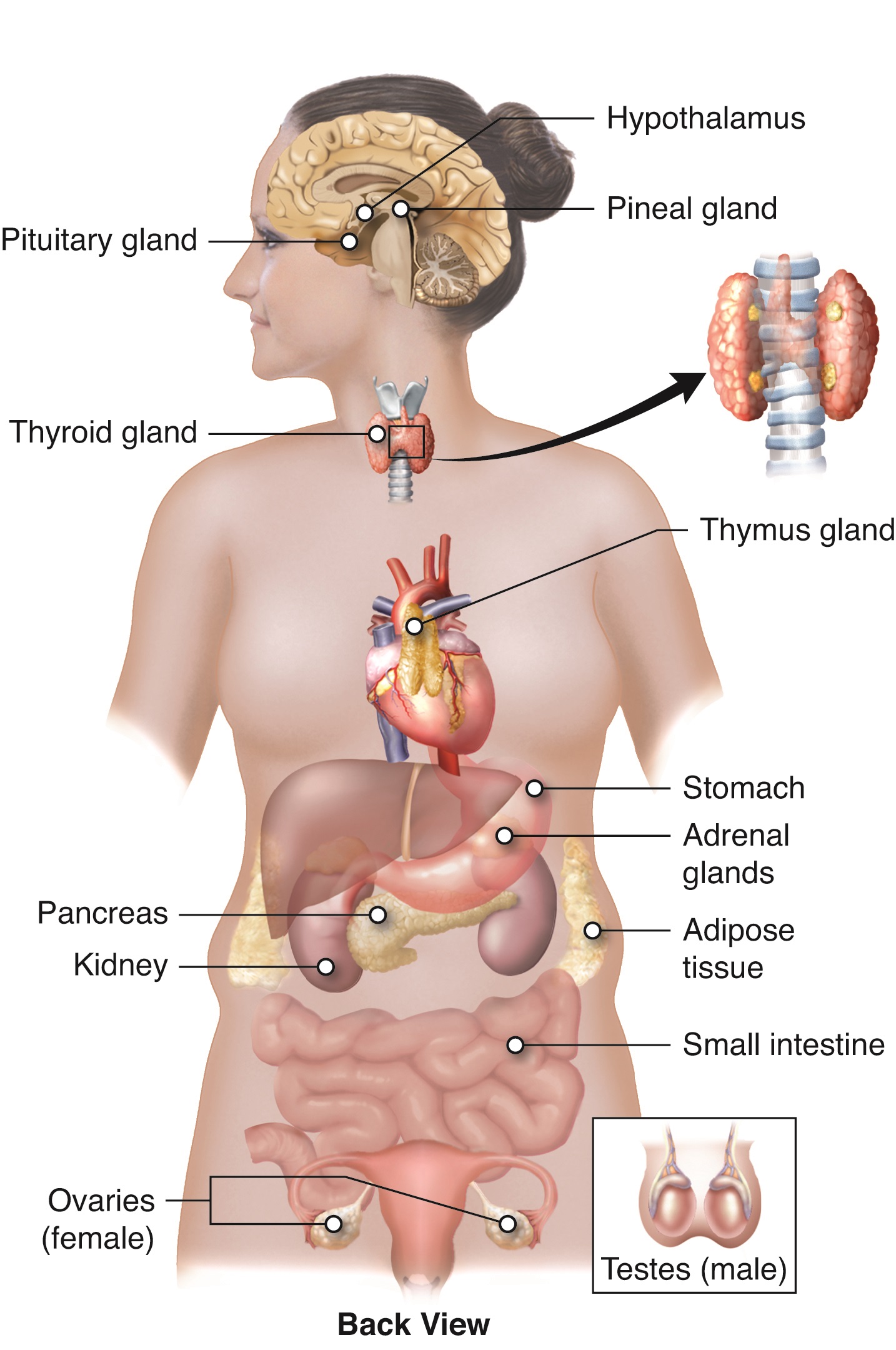
Drug and Supplement Interactions
- With statins: Additive lipid-lowering effect may necessitate monitoring to prevent hypolipidemia
- With thyroid medications: Potential synergism with levothyroxine could accelerate thyroid hormone activity
- With anticoagulants: Increased risk of bleeding due to mild platelet-inhibiting effects
Contraindications for Use
- Allergy to guggul or any component of the formulation
- Patients with hyperthyroidism or hormone-sensitive disorders such as estrogen-receptor-positive cancers
- Individuals with hepatic or renal impairment due to risk of systemic accumulation
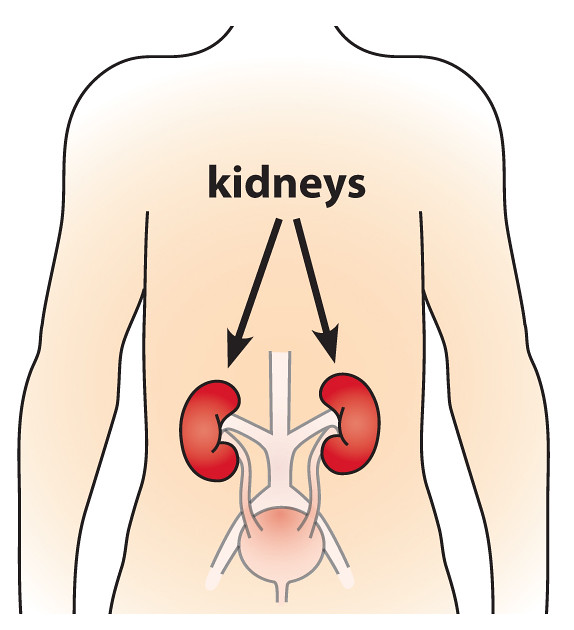
Warnings and Important Precautions
- Long-term users should undergo periodic testing of lipid profiles and liver function parameters
- Discontinue immediately if signs of hepatic stress, skin hypersensitivity, or abnormal bleeding are observed
- Patients on blood-thinning medications should exercise caution and consult with their physician

Special Considerations for Careful Administration
Use in Patients with Chronic Illness
- In diabetics: Monitor blood glucose levels closely, as Shuddha Guggulu may enhance insulin sensitivity
- In cardiac patients: Requires careful monitoring when combined with other cardiometabolic agents
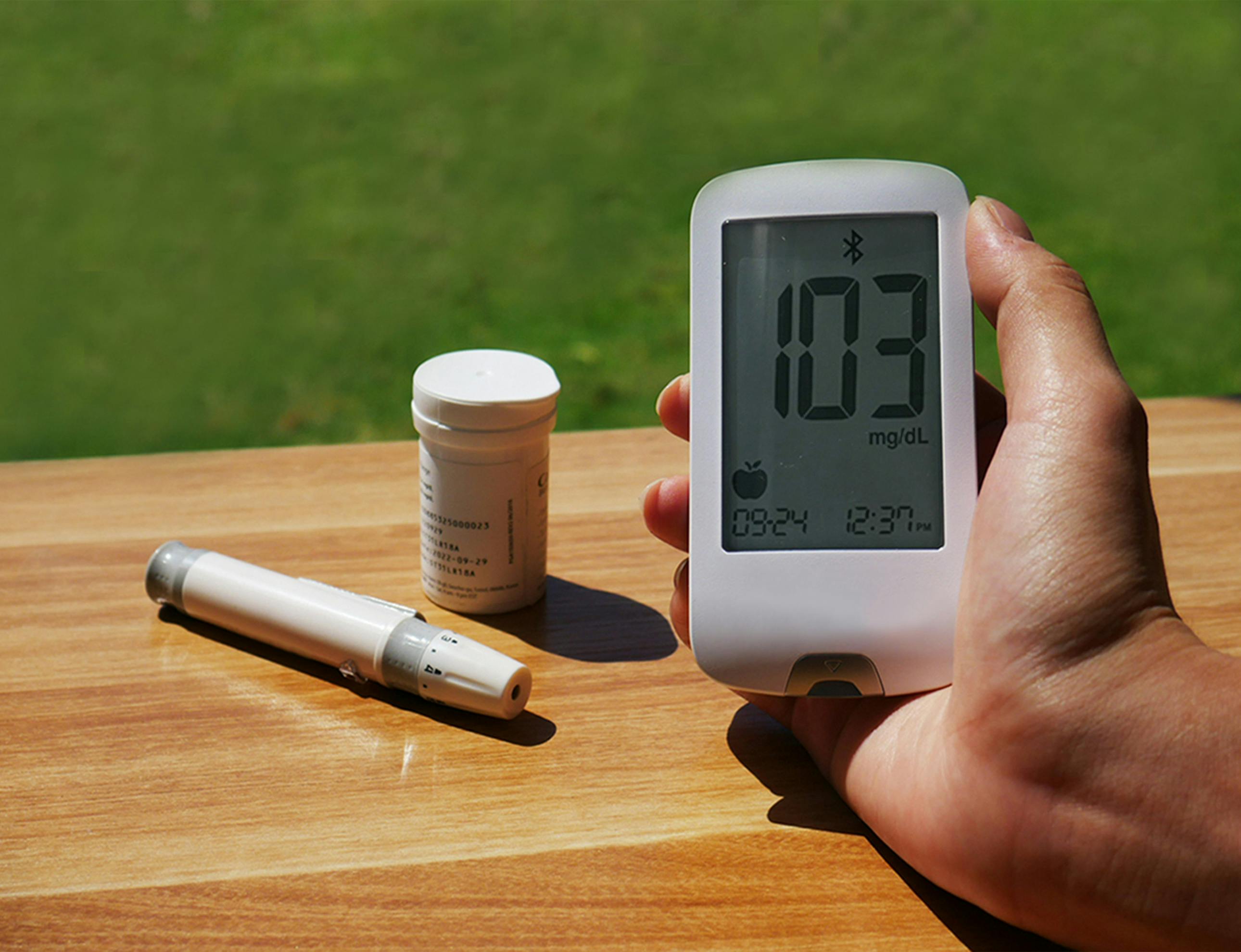
Monitoring and Adjustment
Before initiating Himalaya Shuddha Guggulu, it is essential to establish baseline thyroid function and lipid profile values. These diagnostics offer a reference point for gauging the supplement's effectiveness and ensuring metabolic stability throughout the course of use.
For individuals using the product continuously for over three months, routine follow-up is strongly advised. Scheduled assessments of serum lipids, thyroid hormone levels, and liver enzymes help detect early signs of physiological alterations and minimize long-term risk. In patients with underlying health conditions, these check-ins serve as critical checkpoints for dose adjustments or discontinuation if warranted.
Use in Special Populations
Elderly Patients
Older adults often experience reduced metabolic clearance and increased sensitivity to herbal constituents. For this reason, lower initial dosing of Shuddha Guggulu is recommended. Gradual titration based on tolerance and therapeutic response ensures safety while maintaining efficacy.
Moreover, elderly individuals frequently engage in polypharmacy. Vigilant monitoring for herb-drug interactions is crucial, particularly with cardiovascular agents, anticoagulants, and thyroid medications.

Pregnant and Nursing Women
Due to its influence on hormonal pathways, Himalaya Shuddha Guggulu is not advised during pregnancy. Guggulsterones, the active compounds, may interfere with endocrine regulation and pose theoretical risks to fetal development.
During lactation, use should be avoided unless specifically approved by a qualified healthcare practitioner. The absence of robust safety data in nursing populations necessitates a precautionary approach.
Pediatric Use and Safety
Himalaya Shuddha Guggulu is not intended for pediatric use, especially in children under the age of 18. The developing endocrine system and metabolic rate in children may respond unpredictably to phytosterol-based compounds.
Additionally, there is insufficient clinical evidence to support its safety or efficacy in managing pediatric lipid or thyroid disorders.
Storage and Handling Recommendations
- Keep the product in a cool, dry environment, ideally below 25°C (77°F), to preserve phytochemical integrity.
- Avoid direct exposure to sunlight or excessive humidity, which may compromise tablet stability and shelf life.
- Ensure the container remains tightly sealed after each use to prevent contamination or moisture ingress.
- Always store the product out of reach of children to prevent accidental ingestion.
Overdose Symptoms and Emergency Response
In the event of excessive intake, individuals may experience nonspecific symptoms such as nausea, dizziness, abdominal discomfort, or excessive sweating. These signs often reflect metabolic overstimulation or gastrointestinal irritation.
- Immediate response: Discontinue use and seek medical evaluation.
- Emergency care: Supportive treatment including hydration, electrolyte correction, and symptom management is typically sufficient.
- Prevention: Adhering strictly to the recommended dosage minimizes the risk of adverse outcomes.
Handling Precautions and Packaging Information
- Tablets should be swallowed whole with water; crushing, chewing, or altering the dosage form can affect release dynamics and efficacy.
- Before first use, inspect the container seal for tampering or damage. Do not consume if the safety seal is broken or missing.
- Expired or unused tablets should be discarded responsibly. Do not flush down the toilet or dispose of in open trash. Follow local pharmaceutical disposal guidelines to minimize environmental impact.
Himalaya Shuddha Guggulu FAQ
- What is shuddha guggulu used for?
- What is Guggulu used for?
- Is Guggulu good for thyroid?
- What are the side effects of Himalaya guggul tablets?
- Can guggul be taken everyday?
- Is guggul good for fatty liver?
- Does guggul have side effects?
- Is Guggulu a steroid?
- What is another name for guggul?
- Does guggul reduce triglycerides?
- What are the ingredients in shuddha guggul?
- Is guggul good for blood pressure?
- What is the difference between guggul and Guggulu?
- Is guggul a blood thinner?
- Does guggul lower blood sugar?
- Is guggul the same as frankincense?
- What is the Guggulu?
- Is Guggulu a laxative?
What is shuddha guggulu used for?
Shuddha Guggulu is extracted from the resin of a tree. It is known for its role in maintaining a heart and controlling cholesterol levels by regulating liver and intestinal functions to lower cholesterol absorption and enhance cardiovascular well-being overall.
What is Guggulu used for?
In India, Guggul is derived from the resin of the Commiphora mukul tree, also known as the myrrh tree, due to its nature, and has been utilized for ages as a remedy with anti-inflammatory and antioxidative benefits.
Is Guggulu good for thyroid?
Yes
What are the side effects of Himalaya guggul tablets?
Stomach upset and headache
Can guggul be taken everyday?
Yes
Is guggul good for fatty liver?
It is believed that Guggulu can improve liver function, reduce stress and inflammation in the liver, and enhance metabolism. This could potentially lower the chances of developing fatty liver disease and promote liver health.
Does guggul have side effects?
It may lead to effects such as stomachaches and headaches, as well as feelings of nausea and vomiting, along with loose stools and diarrhea. Additionally, belching and hiccups may also occur.
Is Guggulu a steroid?
No
What is another name for guggul?
Guggul, Devadhoop, Kaushika, Pur, Mahishaaksha, Palankash, Kumbha, Uluukhala.
Does guggul reduce triglycerides?
Yes
What are the ingredients in shuddha guggul?
Shuddha Guggulu contains resin, volatile oils and gum.
Is guggul good for blood pressure?
Yes
What is the difference between guggul and Guggulu?
In the Sanskrit language, " guggulu" is the name known for Guggul which translates to "protection from diseases."
Is guggul a blood thinner?
There is a possibility that guggul could potentially cause a delay in blood clotting and lead to increased bleeding in individuals with clotting disorders.
Does guggul lower blood sugar?
Yes
Is guggul the same as frankincense?
No
What is the Guggulu?
Guggul is a type of gum resin that can be sourced from plants native to South Asia. It has a long history of use in Ayurvedic medicine for addressing health issues like weight management and skin problems like acne as well as for managing osteoporosis.
Is Guggulu a laxative?
Yes

